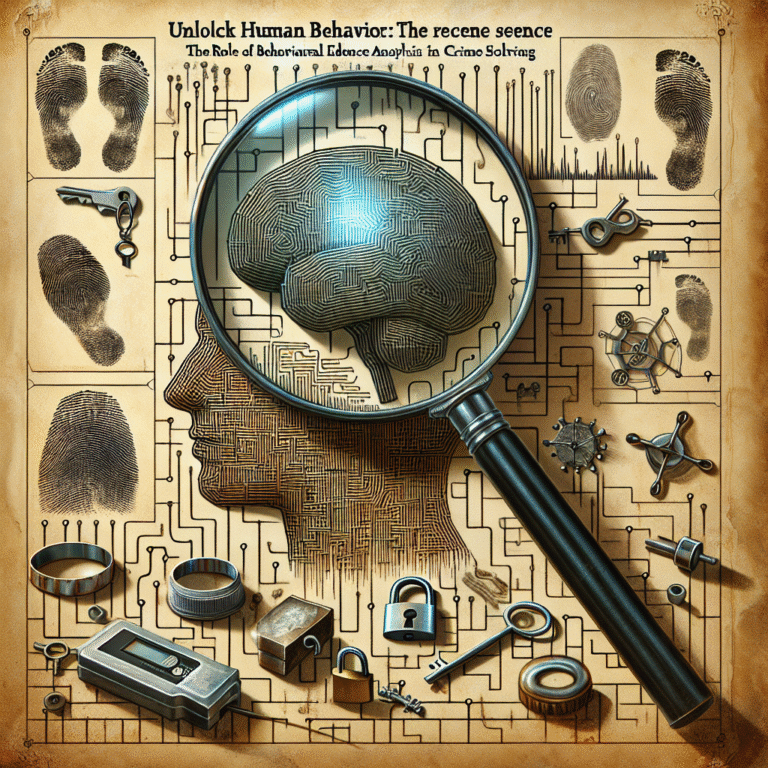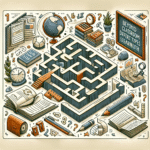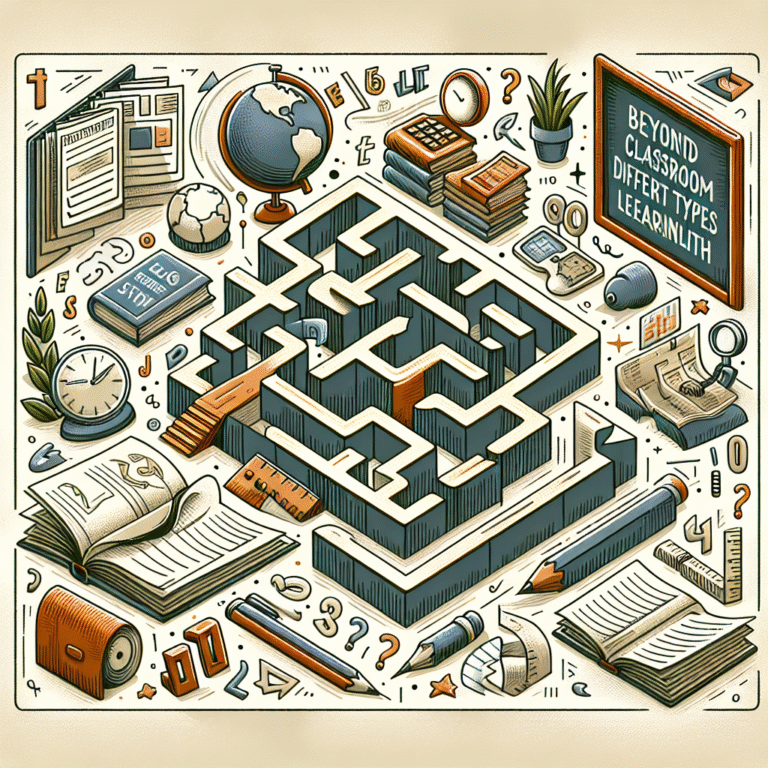
Introduction
In today’s fast-paced world, the challenge of managing efficient lineup procedures is a common struggle for many organizations. Whether you’re in retail, event management, or even sport teams, the need for streamlined processes has never been more pressing. Imagine a well-oiled machine, where every cog is in sync, every action intentional, and every outcome optimal. This is what "From Chaos to Clarity: Optimizing Your Lineup Procedures for Peak Efficiency" strives to achieve. In this article, we offer you proven strategies, case studies, and actionable insights to help transform your chaotic processes into a clear and efficient lineup system.
Understanding the Importance of Efficient Lineup Procedures
Before diving into strategies, it is essential to understand why effective lineup procedures matter. In the absence of clear procedures, confusion reigns, leading to wasted time, frustrated staff, and unsatisfied customers. An optimized lineup brings a multitude of benefits:
- Time Savings: Streamlined processes reduce the time taken for tasks.
- Increased Customer Satisfaction: Efficient service leads to a more favorable customer experience.
- Better Resource Allocation: You can allocate time and resources strategically when procedures are clear.
- Enhanced Team Morale: Staff are more engaged and happier when they know what to expect.
Identifying Chaos in Your Current Lineup Procedures
The first step in the journey from chaos to clarity is recognizing chaotic elements in your current lineup procedures. Here are some common indicators:
- High Wait Times: Long lines are often a sign of an inefficient process.
- Frequent Errors: If mistakes are commonplace, your lineup procedures may lack clarity.
- Staff Frustration: High levels of dissatisfaction among employees often stem from inadequate procedures.
- Customer Complaints: Feedback from customers can provide essential insight into chaotic areas.
Case Study 1: Queue Management in Retail
Consider a mid-sized retail store struggling with long customer lines during peak hours. Customers often leave without purchasing due to wait times. The management decided to analyze its lineup procedures. By implementing a mobile queue system, customers could browse the store instead of waiting in line.
Analysis
This shift not only improved customer satisfaction but also increased sales by 25% as customers spent more time engaged with the products. The store went from chaos to clarity, demonstrating that technology can significantly optimize lineup procedures.
Strategies for Optimizing Lineup Procedures
To transition successfully from chaos to clarity, implement the following strategies:
1. Standardize Procedures
Start by developing a standard operating procedure (SOP) that outlines each step of the lineup process. Ensure that it’s accessible and easy to understand. This removes ambiguity and allows for consistent performance.
2. Leverage Technology
Utilize software that can automate and streamline lineup processes. Whether it’s scheduling tools for events or queue management systems for retail, technology can enhance efficiency considerably.
| Technology Tools | Benefits |
|---|---|
| Queue Management Apps | Reduces wait times and improves customer experience |
| Scheduling Software | Allocates resources effectively to minimize bottlenecks |
| CRM Systems | Enhances communication and organizes task management |
3. Train Your Team
Investing in training is crucial. Regular workshops can help staff understand their roles within the standard procedures, increasing competence and confidence.
4. Monitor and Evaluate
Establish key performance indicators (KPIs) to continuously assess the effectiveness of your lineup procedures. Regularly collect data on wait times, customer satisfaction, and employee performance.
5. Gather Feedback
Encourage feedback from both customers and employees. Insight from those directly involved can drive improvements and innovative strategies.
Case Study 2: Optimizing Event Management Lineups
An event management company faced challenges during large public events, where long entry lines frustrated attendees. They incorporated online ticketing and entry scanning technology.
Analysis
By introducing these technologies, they significantly reduced entry wait times from 45 minutes to just 15. The transition from chaos to clarity not only improved attendee experience but also resulted in higher retention for future events.
Creating a Flexible Yet Efficient System
An effective lineup procedure needs to be both flexible and efficient. Here are some considerations:
- Adaptability: Update procedures based on seasonality, special events, or customer feedback.
- Scalability: Ensure that your processes can handle an increase in demand without a loss in efficiency.
- Simplicity: Strive to keep procedures simple; overly complicated systems can lead to confusion and inefficiency.
Conclusion: Actionable Steps Towards Peak Efficiency
Transitioning from chaos to clarity involves a commitment to continuous improvement and an understanding of the vital role of effective lineup procedures. Start today with the actionable insights provided: standardize your processes, leverage technology, train your team, monitor performance, and gather feedback.
By investing in these areas, you’re not only enhancing efficiency but also fostering a culture of excellence within your organization. The journey may be challenging, but the rewards—increased productivity, customer satisfaction, and team morale—are well worth the effort.
FAQs
1. What are the first steps to identify chaos in my lineup procedures?
Begin by evaluating common issues like long wait times, errors in processing, and customer complaints. Also, gather feedback from both your staff and customers.
2. How often should I update my standard operating procedures?
It’s advisable to review your SOPs bi-annually or whenever there is a significant change in your business operations.
3. What technology tools can I use to manage lineups efficiently?
Consider tools such as queue management apps, scheduling software, and customer relationship management (CRM) systems tailored to your industry.
4. How do I gather meaningful feedback from customers?
Utilize surveys and have brief interactions to gauge their satisfaction after their experience. Make it easy for them to provide input.
5. What metrics should I track to evaluate my lineup procedures?
Focus on key performance indicators like average wait times, customer satisfaction scores, and employee performance metrics to understand the effectiveness of your lineup procedures.
By following the principles and strategies mapped out in this guide, you can transform your lineup procedures from chaos to clarity, driving your organization toward peak efficiency.















